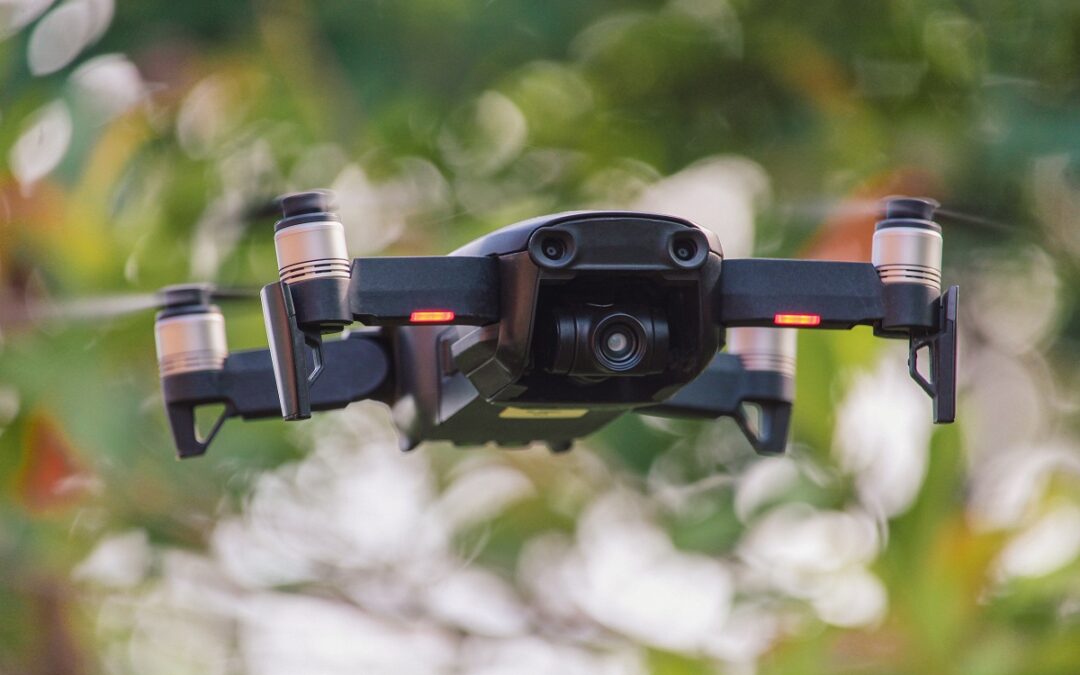Drone Risks Explained
Drones are versatile, but their capabilities make them a tool for potential misuse. Privacy invasion is a primary concern, as drones can easily bypass traditional physical barriers to capture footage of private property or sensitive installations. Safety issues also arise near airports or crowded events where an uncontrolled drone could cause accidents. Furthermore, in the wrong hands, drones can be used for spying or even as makeshift aerial weapons in extreme cases.
Understanding these risks is vital for developing effective counter-drone strategies. Awareness and readiness can significantly mitigate the threats of unauthorized drone activities. Whether a corporation is safeguarding its assets or a community is ensuring public safety, recognizing the need for drone security is the first step toward protection.
4D Radar Technology
4D radar is a powerful tool in the arsenal against drones. This advanced radar system detects objects across distances and provides precise data on their altitude, direction, and speed. Here’s how it stands out:
- Real-time tracking: 4D radar systems can monitor multiple targets simultaneously, making them ideal in densely populated or highly trafficked areas.
- High accuracy: With the ability to gauge a drone’s exact position and movement, security teams can respond more quickly and effectively.
These features make 4D radar indispensable for security personnel, especially in settings where quick identification and response are critical. By integrating these systems into security setups, facilities can enhance their protective measures against drone-related disruptions.
Passive RF Monitoring
Passive RF detection is a discreet yet powerful method to identify drone activity. Unlike other systems that require active emission of signals, passive RF detectors work by picking up the signals that drones already emit. This method has two main advantages:
- Stealth operation: Since it doesn’t emit any detectable signals, it can be used in environments where secrecy and non-detection are paramount.
- Ease of use: Passive RF systems require minimal setup and can operate continuously without active intervention.
These characteristics make passive RF detection particularly appealing for use in sensitive areas where it’s crucial to detect drones without alerting the operator. By using these detectors, organizations can prevent potential threats from escalating unnoticed.
Neutralizing Unwanted Drones
After detecting a drone, the next step is neutralization. Here are some commonly used methods:
- Signal jammers: These devices disrupt the communication between a drone and its controller, forcing it to land or return to its starting point.
- GNSS spoofing: The ability to push away or force drones to crash using satellite navigation, even when they are operating in autonomous mode without radio communication.
- Hard-kill: Kinetic neutralization of advanced tactical UAVs by use of RCWS or hunter drones.
Each method serves different scenarios, from high-security environments needing silent intervention to public areas where safety is the priority. Choosing the right neutralization technique depends on the specific situation and the threat the drone poses.
Legal Aspects
Before implementing any drone countermeasures, it’s crucial to understand the legal implications. Laws governing the use of drones and counter-drone technology vary by country and region. Typically, these laws aim to balance safety and privacy with the rights of drone operators. Ensuring compliance with these regulations protects from legal repercussions and fosters a respectful and secure operational environment.
Integrating Drone Defense
Incorporating advanced drone detection and neutralization systems into your security protocols enhances safety and adapts your defenses to modern threats. This integration involves:
- Risk assessment: Identifying potential drone threats specific to your location or industry.
- Technology selection: Choosing the right mix of detection and neutralization technologies.
- Training and drills: Preparing your team to respond effectively to drone incidents.
Regular updates and practice drills help keep security measures effective against new drone models and tactics. Maintaining an up-to-date defense strategy is essential as drone technology continues to evolve.
Conclusion: Proactive Drone Security
In an era where drones are increasingly common, proactive security measures are more important than ever. By understanding and utilizing 4D radar and passive RF detection, alongside effective neutralization techniques, organizations can protect themselves against drone-related threats. Stay informed and prepared to ensure a safe and secure environment.


Recent Comments